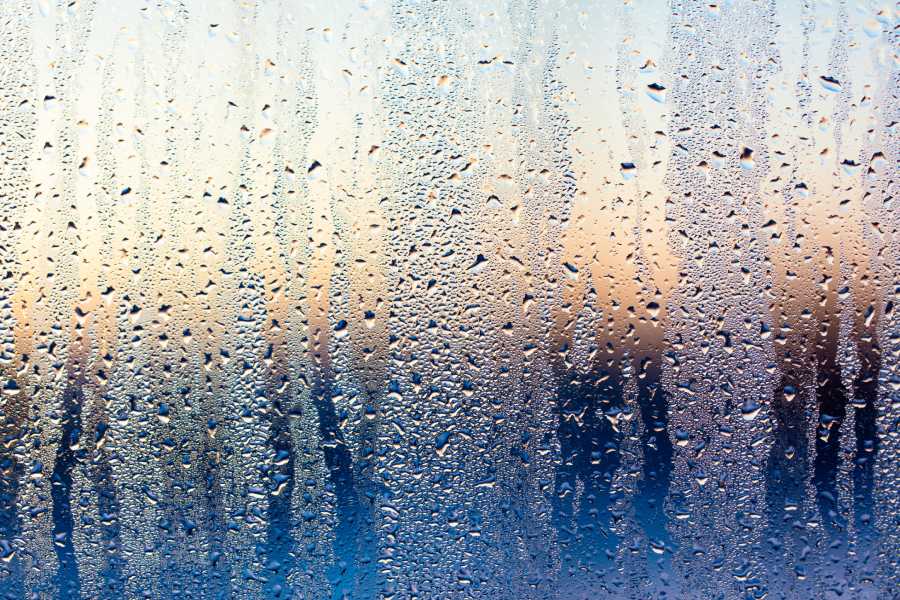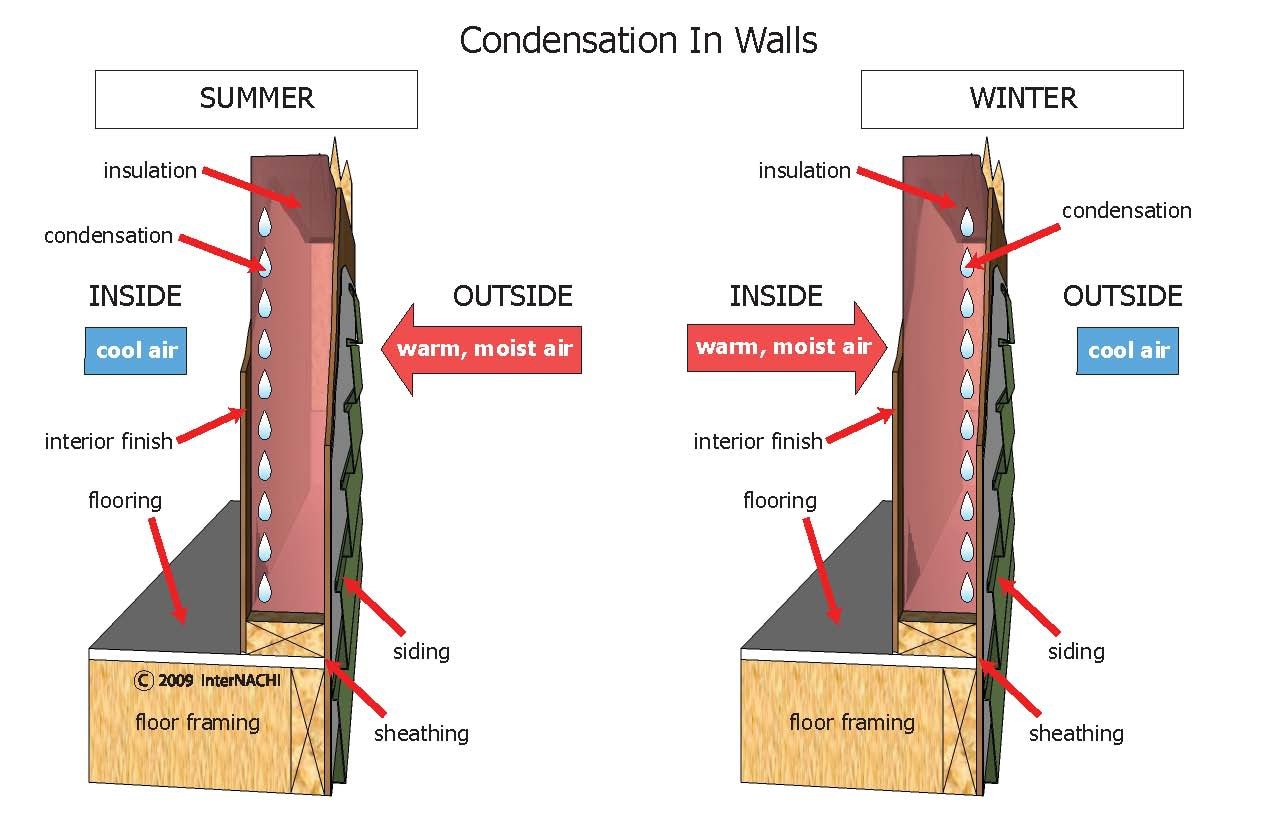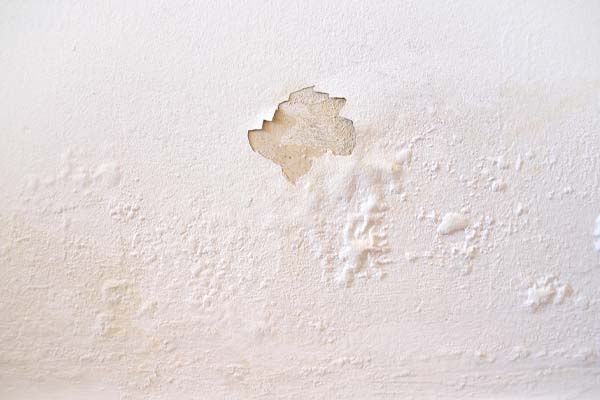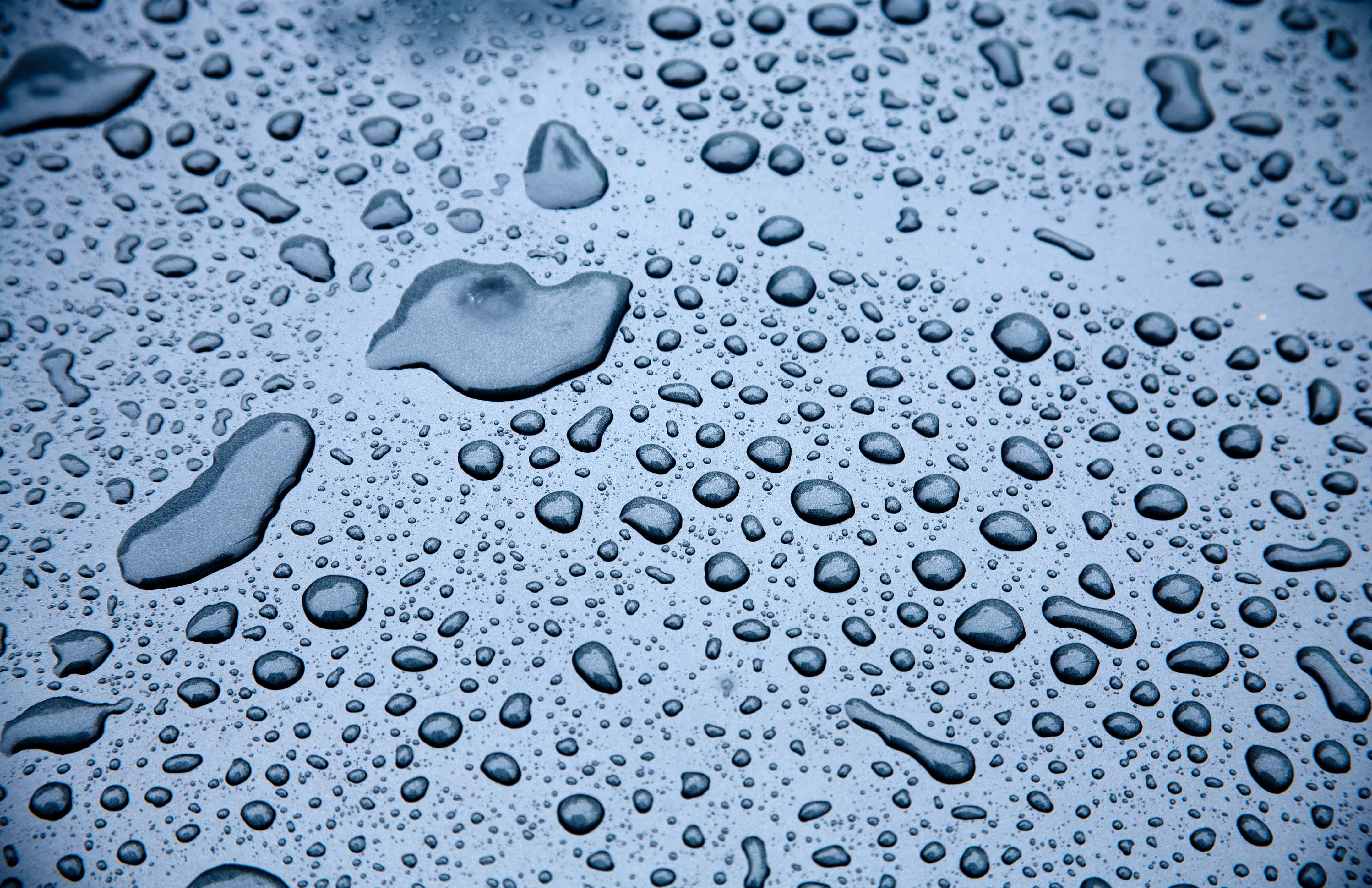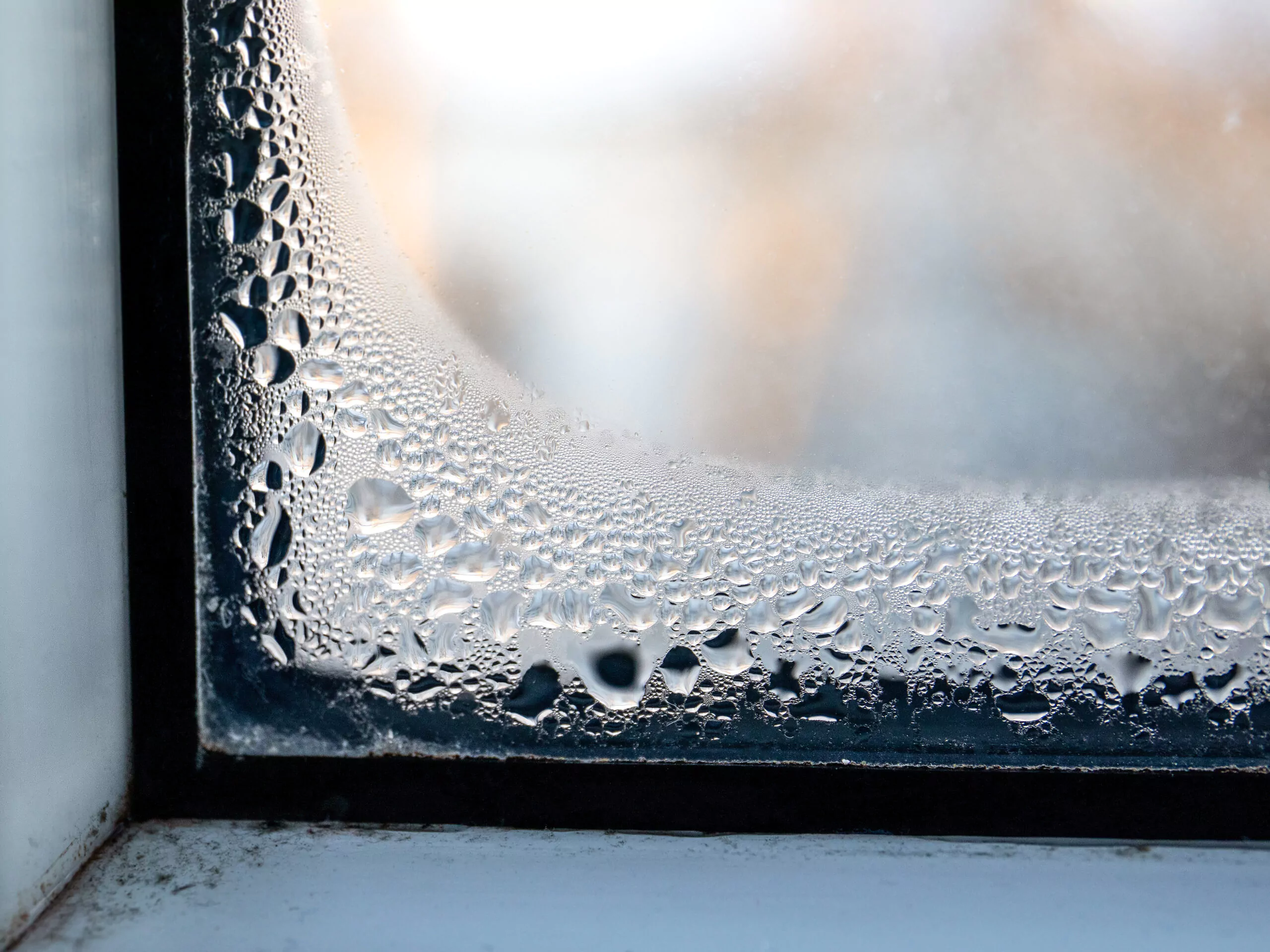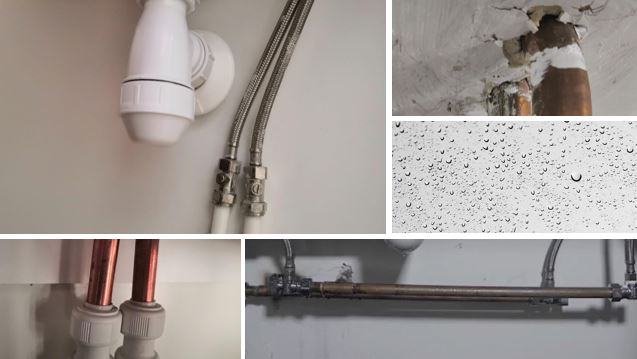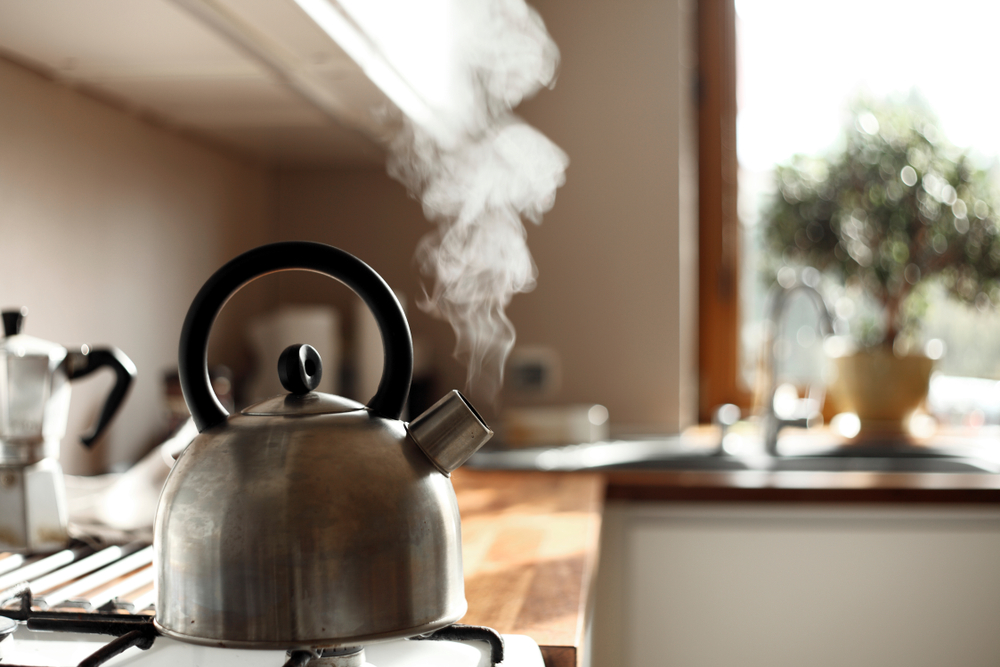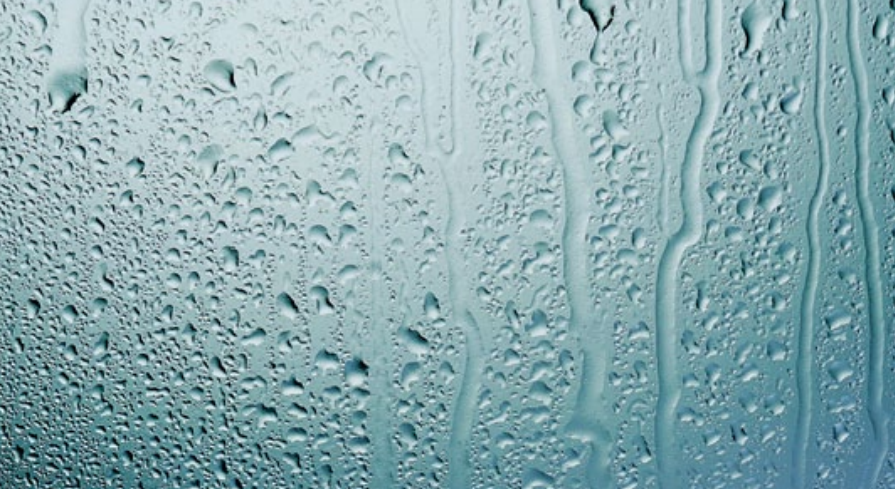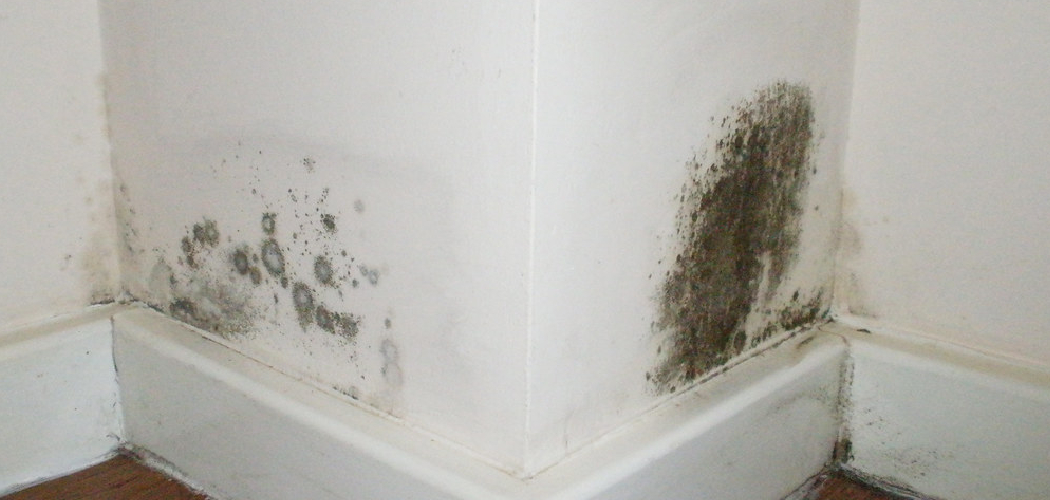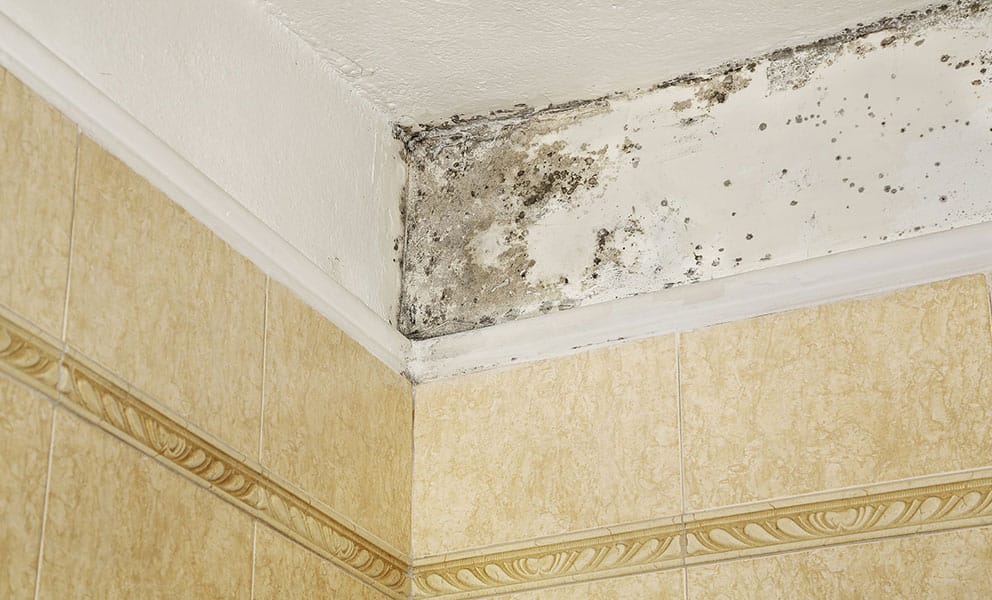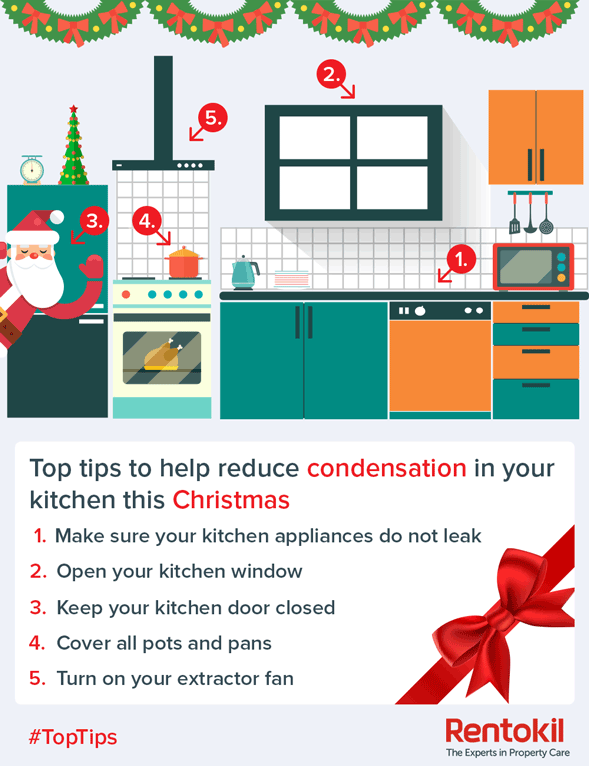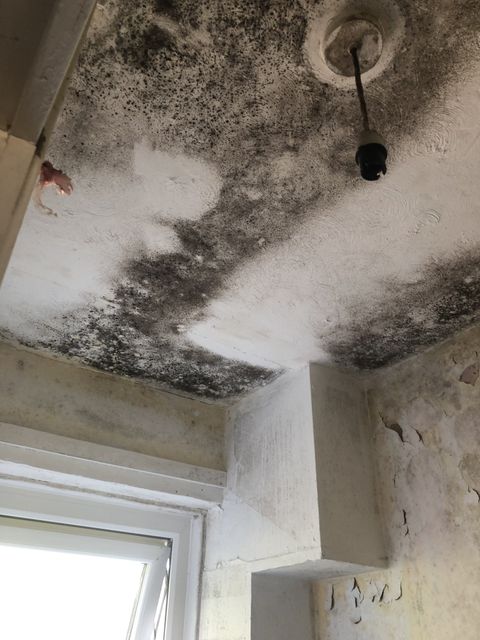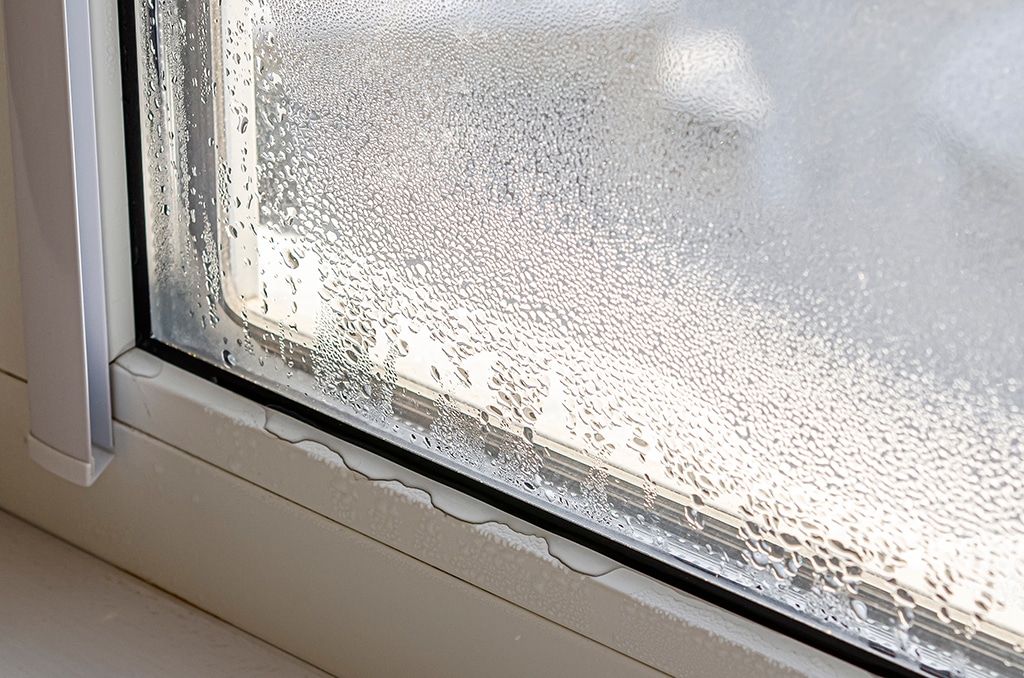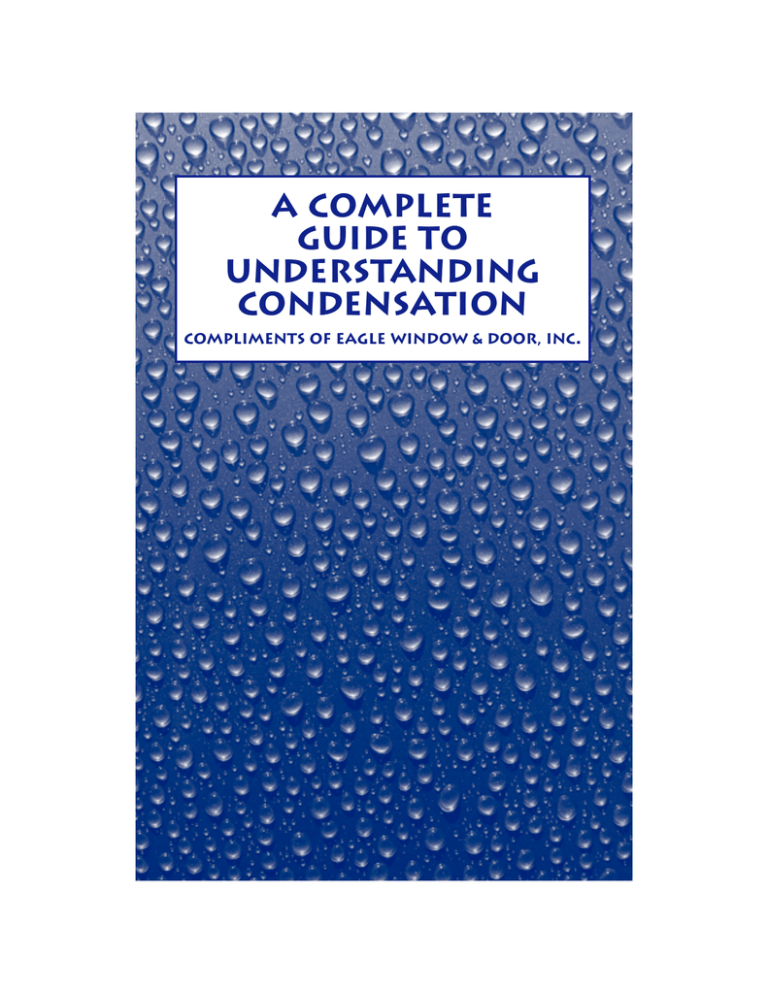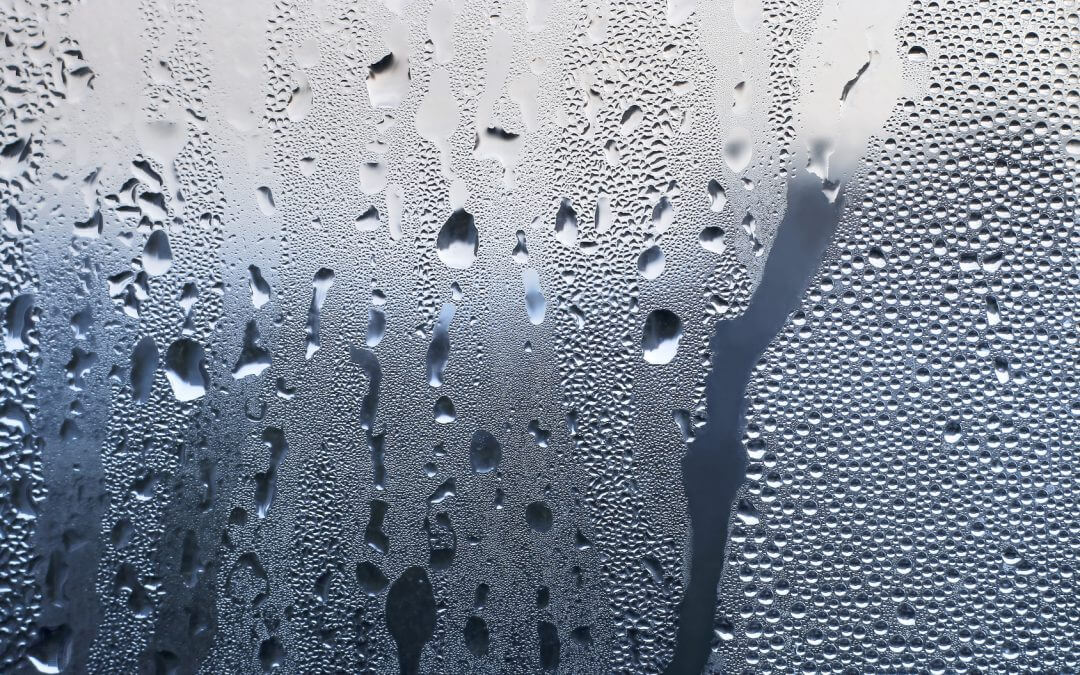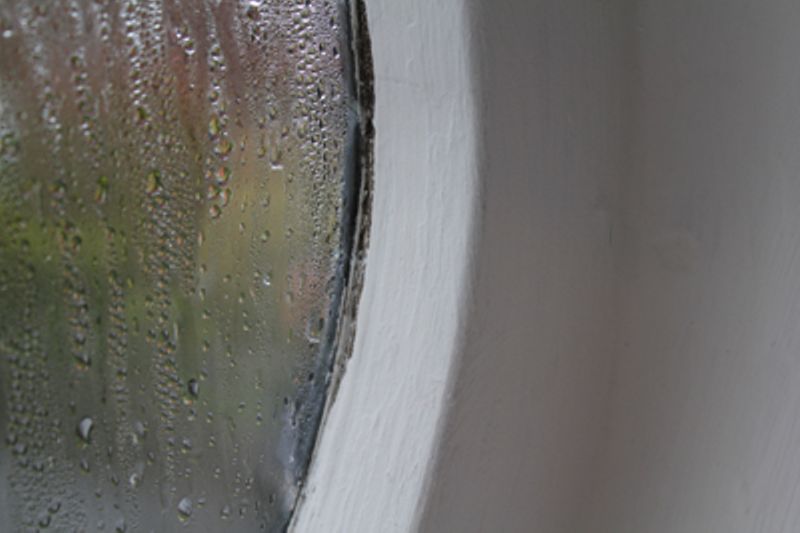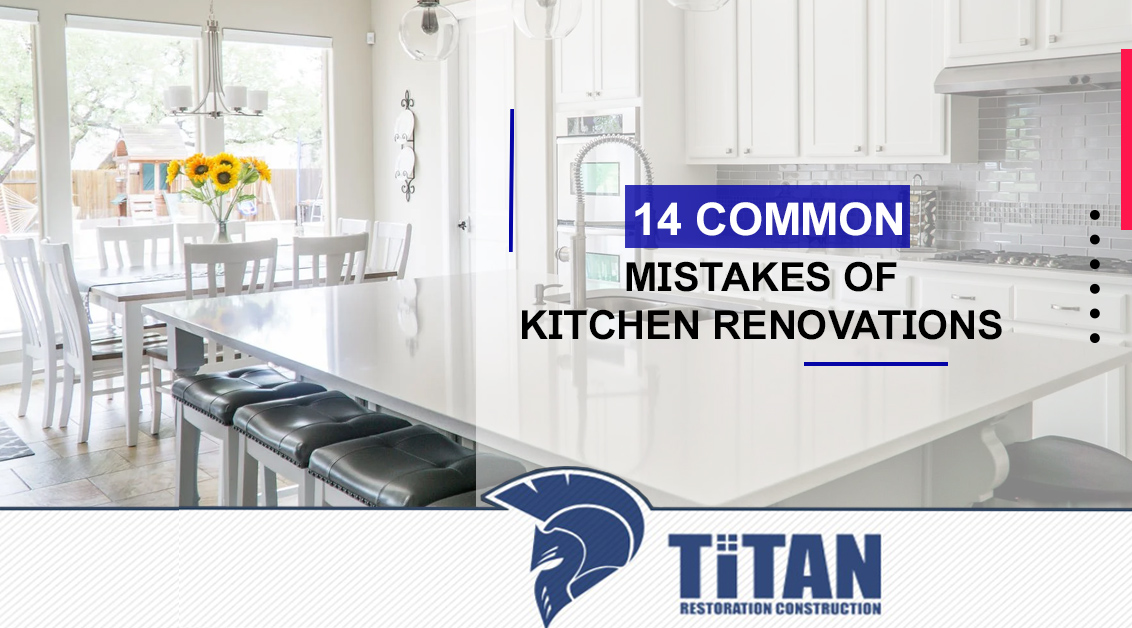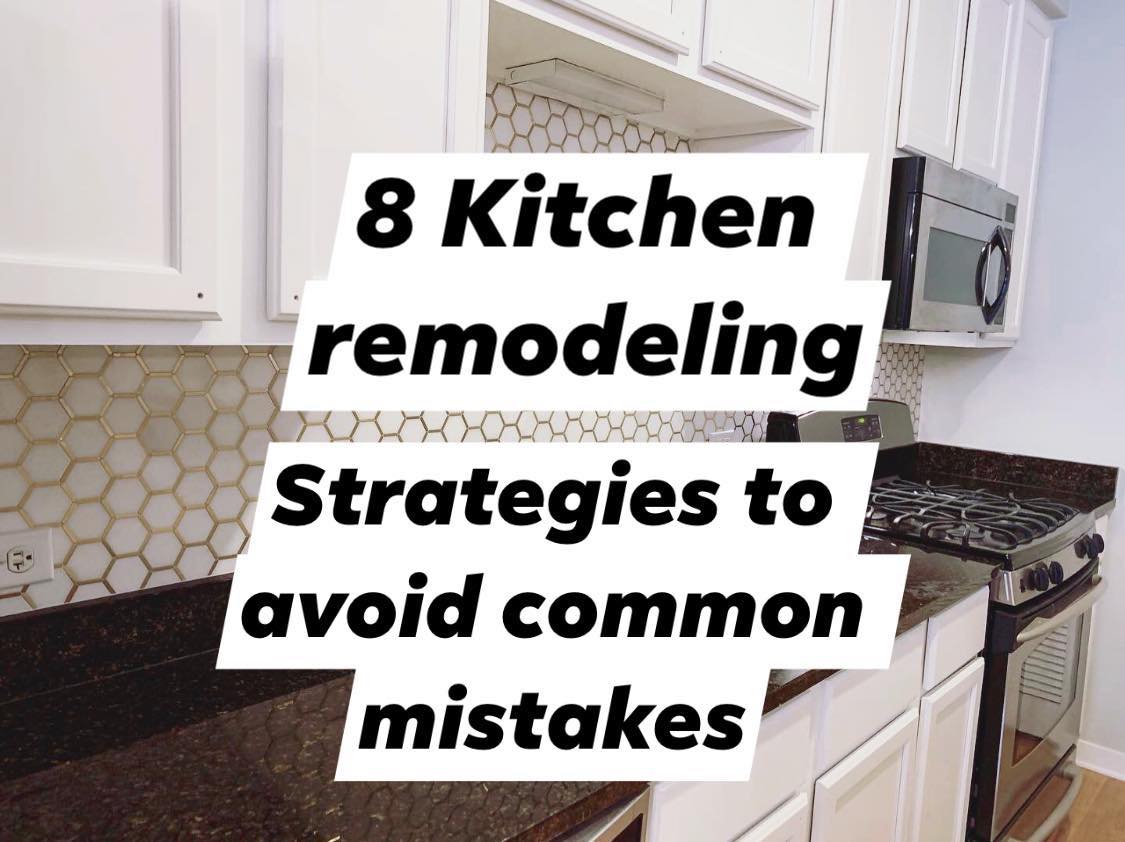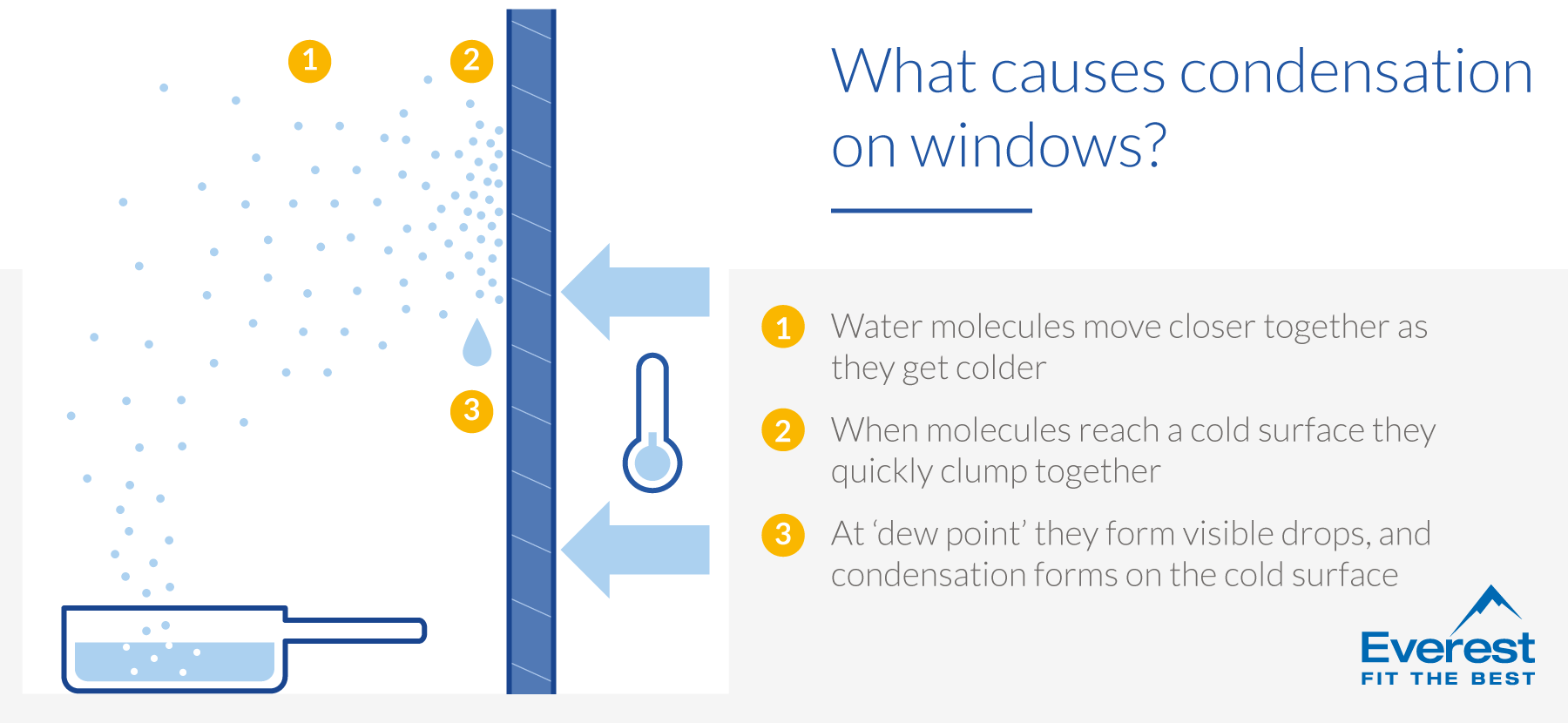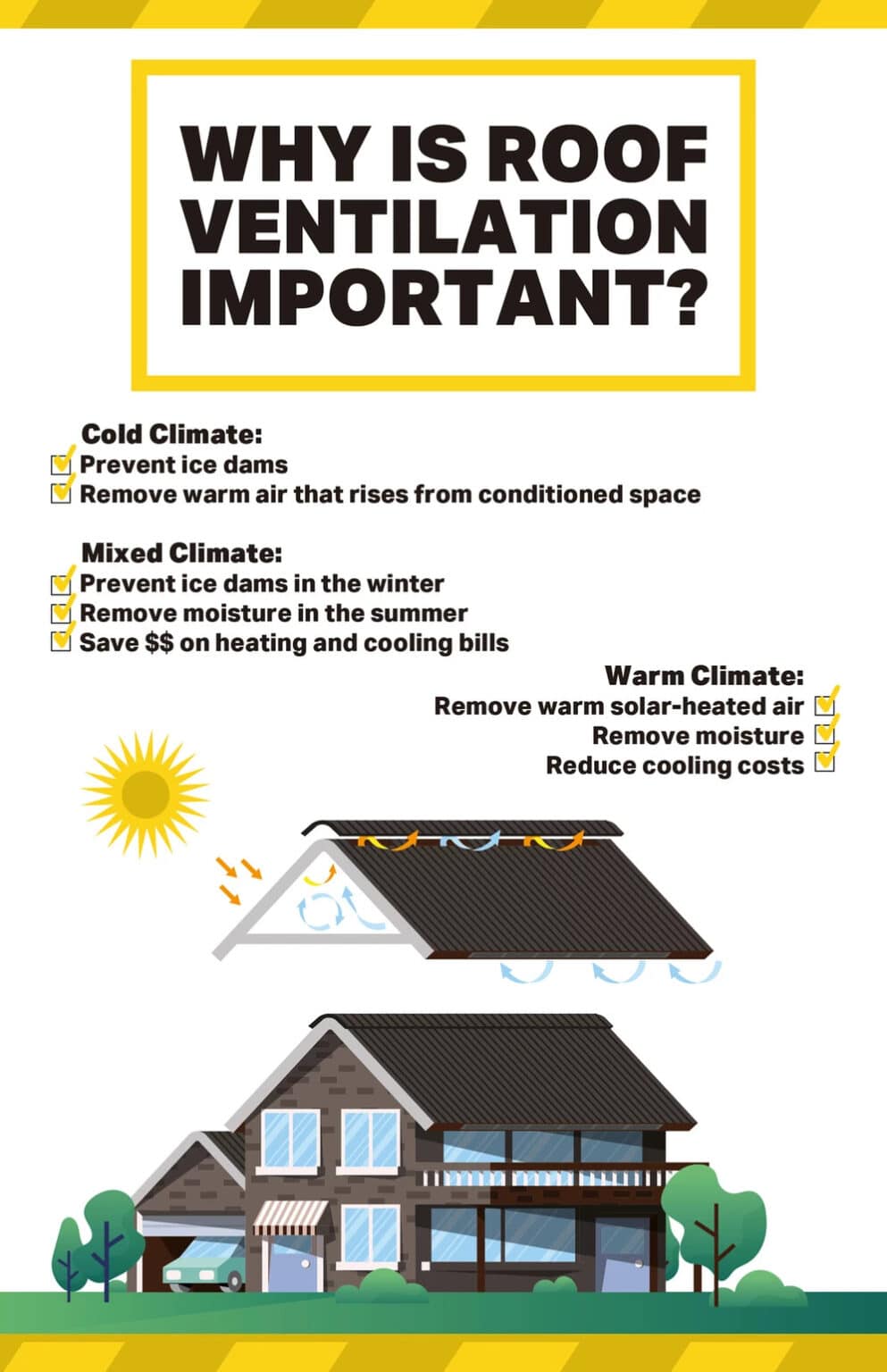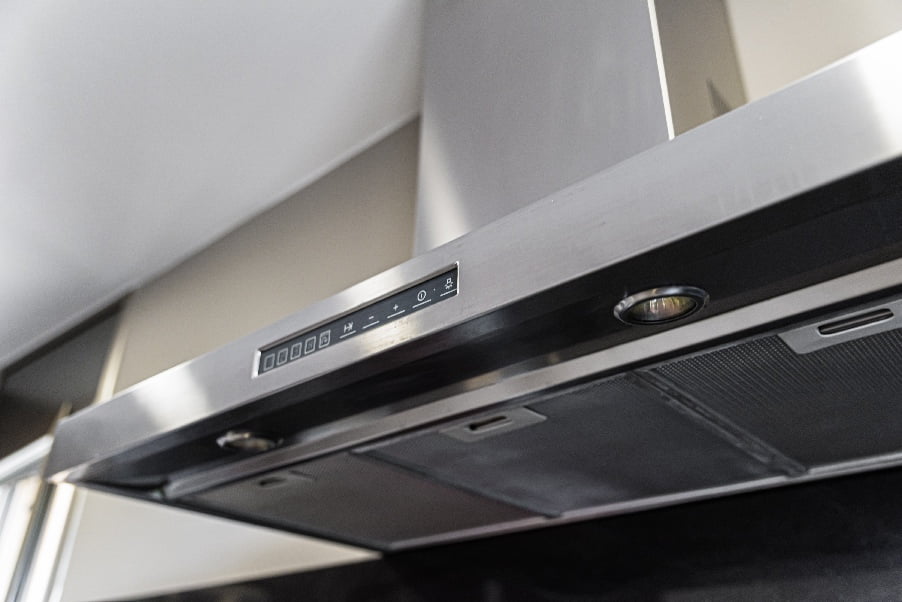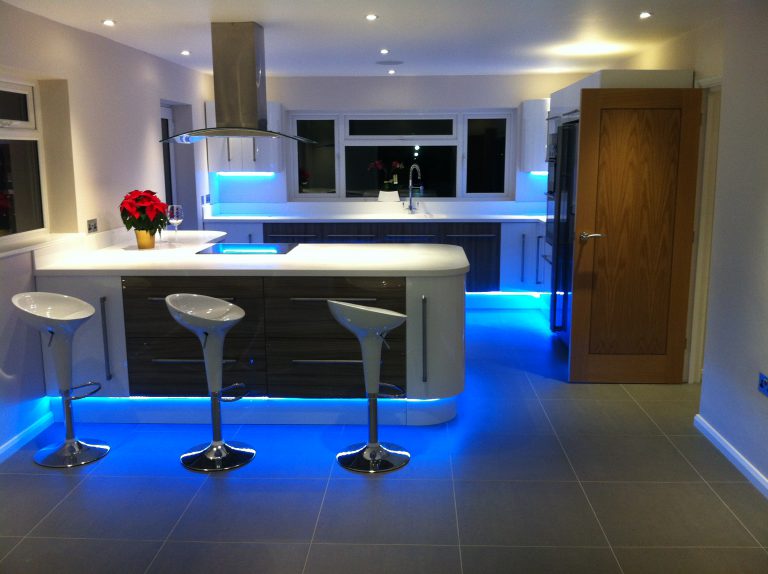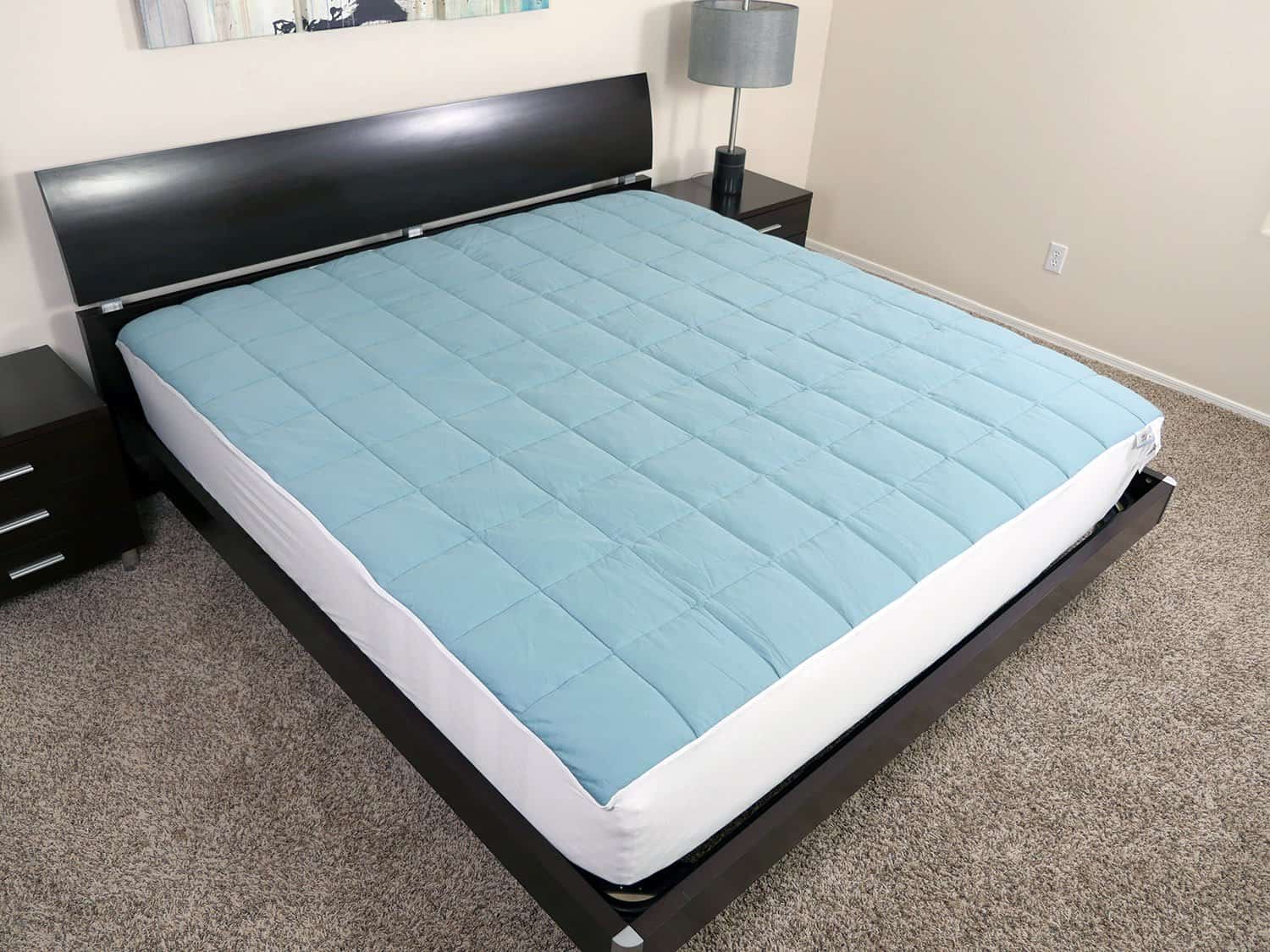Condensation on kitchen walls can be a major nuisance for homeowners, leading to unsightly water droplets and even potential damage. But what exactly causes this buildup of moisture? One of the main culprits is a lack of proper ventilation. When steam from cooking, dishwashing, and other kitchen activities can't escape, it often settles on walls and windows, causing condensation to form. Another common cause is drastic temperature changes, such as from cooking on a hot stove to opening a cold refrigerator door. This sudden shift in temperature can create the perfect conditions for condensation to occur.Causes of Condensation on Kitchen Walls
Preventing condensation on kitchen walls starts with proper ventilation. Installing a range hood or opening a window while cooking can help to reduce the amount of steam that builds up in the kitchen. It's also important to make sure that your kitchen is properly insulated to prevent drastic temperature changes. Additionally, wiping down any excess moisture on walls and windows can help to prevent condensation from forming.How to Prevent Condensation on Kitchen Walls
If you're already dealing with condensation on your kitchen walls, there are a few steps you can take to address the issue. One solution is to invest in a dehumidifier for your kitchen. This can help to remove excess moisture from the air and prevent condensation from forming. You can also try using a moisture-absorbing product, such as a desiccant, to place near areas where condensation tends to form.Dealing with Condensation on Kitchen Walls
While condensation on kitchen walls may seem like a minor inconvenience, it's important to understand the potential consequences. Excess moisture can lead to mold and mildew growth, which can not only damage your walls but also pose a health risk. It's also important to address condensation promptly, as prolonged exposure can lead to structural damage and costly repairs.Condensation on Kitchen Walls: What You Need to Know
Condensation occurs when water vapor in the air comes into contact with a cold surface and turns into liquid. This process is a natural occurrence, but it becomes a problem when it happens on walls and windows in your kitchen. To prevent condensation, it's important to regulate the temperature and humidity levels in your kitchen and provide proper ventilation to allow for the escape of steam.Understanding the Science Behind Condensation on Kitchen Walls
If you prefer to tackle condensation on your own, there are a few DIY solutions you can try. One option is to install a vent fan in your kitchen to help remove excess moisture. You can also try using a mixture of water and vinegar to wipe down walls and windows to prevent condensation from forming. Additionally, sealing any gaps or cracks in your kitchen can help to prevent outside air from entering and causing drastic temperature changes.DIY Solutions for Condensation on Kitchen Walls
If the problem persists, it may be time to call in the professionals. A contractor can help to assess the ventilation and insulation in your kitchen and provide recommendations for improvement. They may also suggest installing a vapor barrier to prevent moisture from entering your walls. In extreme cases, they may even recommend installing a heat recovery ventilation system to properly regulate the temperature and humidity levels in your kitchen.Professional Remedies for Condensation on Kitchen Walls
Aside from causing unsightly water droplets, condensation on kitchen walls can lead to a variety of negative effects. As mentioned before, prolonged exposure to excess moisture can lead to mold and mildew growth, which can damage your walls and pose health risks. It can also cause paint to peel and wallpaper to bubble, resulting in costly repairs and renovations.The Effects of Condensation on Kitchen Walls
When trying to combat condensation on kitchen walls, there are a few common mistakes that homeowners tend to make. One mistake is using a kitchen exhaust fan to remove moisture, which can actually push the moisture into other areas of your home. Another mistake is not properly insulating the kitchen, which can lead to drastic temperature changes and create the perfect environment for condensation to form.Common Mistakes When Dealing with Condensation on Kitchen Walls
Proper ventilation is key to preventing condensation on kitchen walls. To properly ventilate your kitchen, make sure you have a range hood or exhaust fan installed. You can also open a window while cooking to allow steam to escape. It's also important to regularly clean and maintain your range hood or exhaust fan to ensure it is functioning properly. Additionally, making sure your kitchen is properly insulated can also help to prevent drastic temperature changes and reduce the likelihood of condensation forming on your walls.How to Properly Ventilate Your Kitchen to Avoid Condensation on Walls
Understanding Condensation on Kitchen Walls

Causes and Solutions
 Condensation on kitchen walls is a common problem that many homeowners face, especially during colder months. It occurs when warm, moist air comes into contact with a cool surface, such as a kitchen wall, and the water vapor in the air turns into liquid form. This can create unsightly water droplets on your walls, leading to potential damage and mold growth if left untreated. In this article, we will discuss the main causes of condensation on kitchen walls and offer some solutions to help you prevent and address this issue.
The Role of Ventilation
One of the main causes of condensation on kitchen walls is poor ventilation. When cooking, showering, or even breathing, we release warm, moist air into our homes. This air needs to be properly ventilated to prevent it from condensing on cool surfaces. If your kitchen is not equipped with proper ventilation, such as an exhaust fan or windows, the excess moisture will linger in the air and eventually settle on your walls.
Insulation and Temperature
Another contributing factor to condensation on kitchen walls is the insulation and temperature of your home. When warm, moist air comes into contact with a cold surface, the air cools and loses its ability to hold moisture, resulting in condensation. If your kitchen walls are not properly insulated, they will be cooler than the rest of your home and more susceptible to condensation. Additionally, if your home is too cold, the temperature difference between your warm, moist air and the cool walls will be greater, increasing the likelihood of condensation.
Ways to Prevent and Address Condensation
To prevent condensation on your kitchen walls, it is important to address the root causes mentioned above. Make sure your kitchen is properly ventilated by using an exhaust fan or opening windows while cooking. You can also invest in a dehumidifier to remove excess moisture from the air. Additionally, consider adding insulation to your walls to keep them at a similar temperature to the rest of your home. If you notice condensation on your walls, use a towel to dry them off and consider investing in a moisture-resistant paint to prevent future damage.
In conclusion, condensation on kitchen walls is a common problem that can be easily prevented and addressed with proper ventilation and insulation. By taking these measures, you can keep your walls free from damaging water droplets and maintain a healthy and comfortable home.
Condensation on kitchen walls is a common problem that many homeowners face, especially during colder months. It occurs when warm, moist air comes into contact with a cool surface, such as a kitchen wall, and the water vapor in the air turns into liquid form. This can create unsightly water droplets on your walls, leading to potential damage and mold growth if left untreated. In this article, we will discuss the main causes of condensation on kitchen walls and offer some solutions to help you prevent and address this issue.
The Role of Ventilation
One of the main causes of condensation on kitchen walls is poor ventilation. When cooking, showering, or even breathing, we release warm, moist air into our homes. This air needs to be properly ventilated to prevent it from condensing on cool surfaces. If your kitchen is not equipped with proper ventilation, such as an exhaust fan or windows, the excess moisture will linger in the air and eventually settle on your walls.
Insulation and Temperature
Another contributing factor to condensation on kitchen walls is the insulation and temperature of your home. When warm, moist air comes into contact with a cold surface, the air cools and loses its ability to hold moisture, resulting in condensation. If your kitchen walls are not properly insulated, they will be cooler than the rest of your home and more susceptible to condensation. Additionally, if your home is too cold, the temperature difference between your warm, moist air and the cool walls will be greater, increasing the likelihood of condensation.
Ways to Prevent and Address Condensation
To prevent condensation on your kitchen walls, it is important to address the root causes mentioned above. Make sure your kitchen is properly ventilated by using an exhaust fan or opening windows while cooking. You can also invest in a dehumidifier to remove excess moisture from the air. Additionally, consider adding insulation to your walls to keep them at a similar temperature to the rest of your home. If you notice condensation on your walls, use a towel to dry them off and consider investing in a moisture-resistant paint to prevent future damage.
In conclusion, condensation on kitchen walls is a common problem that can be easily prevented and addressed with proper ventilation and insulation. By taking these measures, you can keep your walls free from damaging water droplets and maintain a healthy and comfortable home.



